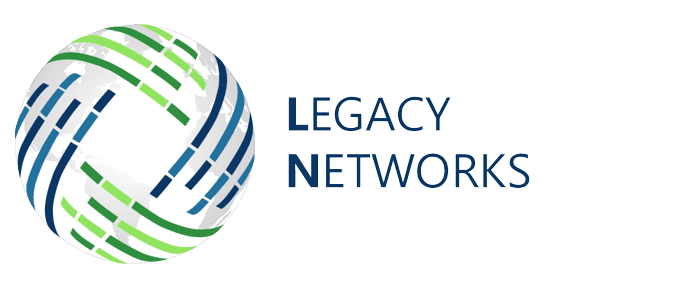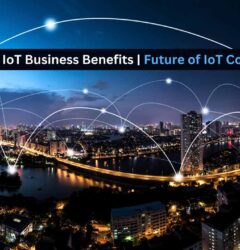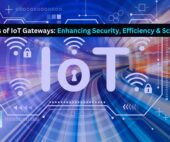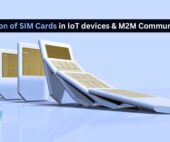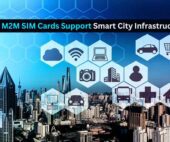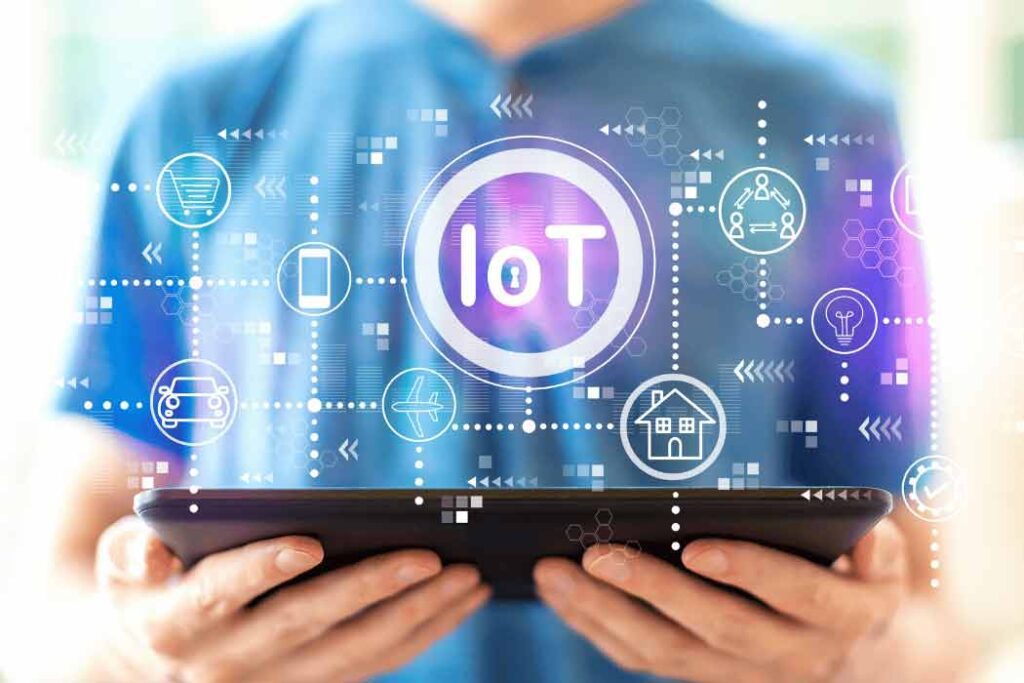
In today’s fast-paced digital landscape, technology continues to evolve at an unprecedented rate, shaping industries and revolutionizing the way we live and work. Among the remarkable advancements that have gained significant traction is the Internet of Things (IoT) technology.
Unlocking a New Dimension: The Power of IoT Technology
IoT has emerged as a game-changer, seamlessly interconnecting devices, systems, and people, ushering in an era of unprecedented connectivity and efficiency. In this blog post, we delve into the fascinating world power of IoT technology, exploring its impact, IoT applications, challenges, and potential for the future of IoT.
Understanding the Essence of IoT Technology: Bridging the Gap
The network of actual physical objects, including vehicles, appliances, and other items, that are implanted with sensors, software, and connection to allow them to gather and share data is known as the “Internet of Things.”
These interconnected devices communicate and share information over the internet, transforming everyday objects into intelligent entities. IoT’s foundation rests upon three main components:
Sensors and Actuators: These components serve as the eyes and ears of IoT devices, capturing data from the physical world. Sensors gather information such as temperature, humidity, light, motion, and more, while actuators perform actions based on the received data.
Connectivity: Wi-Fi, Bluetooth, cellular networks, and even newly developed technologies like 5G are just a few of the communication technologies that link Internet of Things devices. This connectivity enables seamless data transfer and real-time communication.
Data Processing and Analytics: The collected data is sent to cloud-based platforms, where it is processed, analyzed, and transformed into actionable insights. This allows for informed decision-making and optimization of various processes.
Want to Learn about IoT or the Internet of Things in detail?
Impacts and Applications of IoT Technology or IoT Applications
IoT is revolutionizing various industries, including smart cities, healthcare, manufacturing, agriculture, retail, and Iot in transportation. It optimizes traffic flow, waste management, and public safety, enhances patient care quality, and improves production efficiency. IoT-enabled solutions also improve customer satisfaction and operational efficiency, leading to safer roads and streamlined logistics.
Want to Learn about Applications of IoT Technology in detail?
Challenges and Considerations
While IoT technology holds immense promise, it also presents challenges that must be addressed:
- Security and Privacy: The interconnected nature of IoT devices raises concerns about data breaches and unauthorized access. Robust security measures and data encryption are crucial to safeguard sensitive information.
Interoperability: With a vast array of devices and platforms, ensuring seamless communication and compatibility between different Internet of Things systems can be complex.
Data Management: The sheer volume of data generated by IoT devices can overwhelm traditional data storage and processing methods. Efficient data management and analytics are essential to derive meaningful insights.
Power Consumption: Many IoT devices are battery-powered, necessitating energy-efficient designs to extend their operational lifespan.
The Future of IoT: Anticipated Innovations
The Internet of Things has bright futures as technology develops further. The following are some new developments and trends to be aware of:
Edge Computing: This approach involves processing data closer to the source, reducing latency and enhancing real-time processing capabilities.
AI Integration: Internet of Things technology’s synergy with artificial intelligence enables more intelligent and autonomous decision-making, making systems even more responsive and adaptable.
Blockchain Integration: Blockchain technology enhances security and transparency in IoT transactions, ensuring data integrity and trust.
- Environmental Monitoring: IoT devices are increasingly being employed to monitor environmental factors such as air quality, pollution levels, and natural disaster prediction, aiding in disaster management and conservation efforts.
In Conclusion
The Internet of Things or IoT technology has ushered in a new era of connectivity and innovation, transforming industries and reshaping the way we interact with the world. From smart cities to IoT in healthcare and beyond, IoT’s potential is vast, promising increased efficiency, improved quality of life, and sustainable practices. As we navigate the challenges and embrace the opportunities presented by Internet of Things technology, the future of IoT is bright for a world seamlessly interwoven with intelligent devices and data-driven insights.
Legacy IoT sims have global network coverage and are made to endure hard environments, including high temperatures and vibrations.
